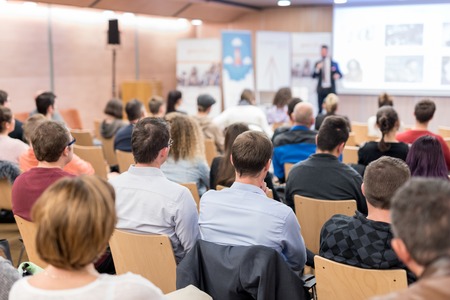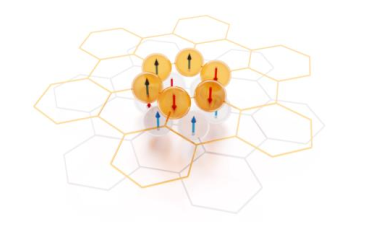Katja HEINZE (Department of Chemistry, Johannes Gutenberg University)
QMat mini-seminar
We will have the pleasure to listen to:
Ronan VIEL who will give us a presentation on “Iron Complexes for Water Photocatalysis”
Séminaire général IPCMS-CNRS présenté par : M. Kaesmann du ministère de l’intérieur
Résumé : Le séminaire propose une sensibilisation des personnels quel que soit leur positionnement hiérarchique, ainsi que des personnels administratifs exerçant des missions de support à destination des laboratoires de recherche. Elle a pour objectif de permettre une prise de conscience des points de vulnérabilité propres au secteur de la recherche afin de prévenir le risque de compromission par un acteur étranger.
Contact : pierre.rabu@ipcms.unistra.fr, en collaboration avec la Délégation Régionale du CNRS
Séminaire DSI présenté par Kenneth BEYERLEIN
Orateur: Prof. Kenneth Beyerlein (Institut national de la recherche scientifique, Varennes, Québec, Canada)
Séminaire Axe 1 présenté par Rémy Pawlak
Speaker: Rémy Pawlak, Uni. Basel
Séminaire DCMI – Axes 4 et 5 présenté par Paul STEADMAN
Speaker: Paul STEADMAN (Responsable de la ligne I10 au Synchroton Diamond)
Abstract : A study of the electric current induced hysteresis in Pt/CoFeTaB thin films revealed an unexpected behaviour in the hysteresis curves measured using polarised soft X-ray reflectivity [1]. Following a detailed study of the polarisation dependence of the reflected intensity [2] both detailed calculations and experimental data revealed that the switching is Y type (magnetisation switching perpendicular to the current), is very sensitive to external magnetic fields and that, rather bizarrely, only part of the film is switching. In addition the importance of non-linear dependence on the magnetic scattering and its dependence on polarisation and energy have been uncovered experimentally and explained with a very simple model.
- [1] D. M. Burn, R. Fan, O. Inyang, M. Tokac¸ L. Bouchenoire, A. T. Hindmarch and P. Steadman, P. (2022). Phys. Rev. B, 106, 094429.
- [2] Raymond Fan, Kiranjot, Razan O. M. Aboljadayel, Kalel Alsaeed, Peter, J. Synchrotron Rad. (2024). 31, 493–507
Séminaire Axe 1 présenté par Rémi Avriller
Orateur : Rémi Avriller, LOMA, Bordeaux
Contact : Arnaud Gloppe et Guillaume Schull
Séminaire IPCMS présenté par Olivier MAURY
Orateur : Olivier MAURY, Laboratoire de Chimie de l’ENS Lyon, 07
Séminaire Axe 1 et DON, présenté par Saad Yalouz
Orateur : Saad Yalouz (Laboratoire de Chimie Quantique de Strasbourg)
Résumé : In the realm of quantum computing, the characterization of many-body systems stands out as one of the most promising applications for emerging quantum platforms. While significant effort has been dedicated to developing near-term quantum algorithms for describing purely fermionic systems (particularly for Quantum Chemistry), there exists a gap in extending beyond the “bare” electronic structure to encompass the influence of an external environment. This gap becomes apparent when considering hybrid “fermion+boson” systems, which naturally arise when the electronic structure of a system interacts with an external bosonic field, such as photons or phonons. The theoretical description of such systems poses a considerable challenge, necessitating the depiction of entanglement between the two types of particles. Addressing this challenge defines an interesting target for quantum computers. In this presentation, I will delve into recent endeavors initiated at the Laboratoire de Chimie Quantique Strasbourg to tackle these questions. Drawing from a polaritonic chemistry problem, I will elucidate how we are currently designing near-term quantum algorithms to describe both ground and excited states in such systems
Contact : Paul-Antoine Hervieux
Séminaire IPCMS présenté par Xavier WAINTAL
Orateur : Xavier WAINTAL (CEA Grenoble)




